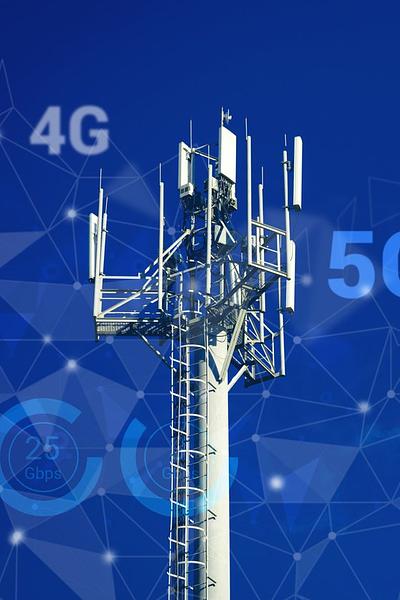
Author: (this will open in a new window)Alan Patterson, FarrPoint Telecom Consultant
Whilst mobile operators provide coverage maps for their networks, these are often low resolution and can be over-optimistic. So how do organisatioans and consumers access data that’s real and accurate?
Traditionally, drive surveys would be carried out to measure the quality of mobile networks using specialist equipment operated by expert technicians and engineers. This is an expensive and niche way to measure networks, and whilst it remains a valuable tool, the need to understand the extent of mobile coverage more widely has driven innovation in less formal and less expensive measurement technology.
Organisations like FarrPoint have developed their own inexpensive mobile drive survey solutions. These are often complimented by innovation in crowd-sourced technology, where signal data is collected from users’ mobile phones via an app.
Whilst these are great tools, organisations have less control over the extent of surveys in particular the geographies covered. This is especially the case in more rural and less densely populated areas that may not be visited by contributors with the app on their phone. In many cases, these remote rural locations are the very areas of special interest for organisations as they represent the more challenging areas to cover. Systems that use crowd-sourced data cannot easily define whether the measurements were obtained indoors or outdoors which can also lead to inaccuracies in reported performance levels. This is where more empirical tests via drive surveys can be invaluable.
Crowd-sourced systems are often lauded to be more environmentally friendly as they don't involve deliberately driving survey routes. However, simple to operate drive survey systems can be installed in vehicles such as bin lorries, postal delivery vehicles and logistics vehicles that are already driving the routes of interest. These approaches greatly reduces the carbon footprint of drive surveys.
In some cases, particularly in more populated urban areas, signal levels may be strong, but data throughput is poor. This is often due to the mobile site being fully utilised, with little spare capacity to provide a full service to the number of users in the area. Additionaly, in more remote areas, mobile sites may be backhauled to the mobile network via satellite as opposed to fibre with a resulting limitation in cell capacity. For these reasons, carrying out speed tests in conjunction with signal level tests is increasingly a requirement to gain a full appreciation of mobile performance. Although this can be done on crowd-sourced systems, continuous speed testing may not be popular amongst contributors as this could significantly shorten phone battery life.
This aside, the developments in crowd-sourced technology are a big step forward in ease of access to real-world coverage data. Taken together with innovative drive surveys using bespoke inexpensive systems, these solutions provide organisations with some very useful tools to analyse mobile connectivity and performance and help inform options for future improvements.
If you'd like to hear more about our Mobile Mapping Solution or discuss how FarrPoint could help you in other areas, please get in touch.
Connectivity is important. It drives business and society, bringing communities and commerce together. That's why we use our insight and experience to connect people and business.